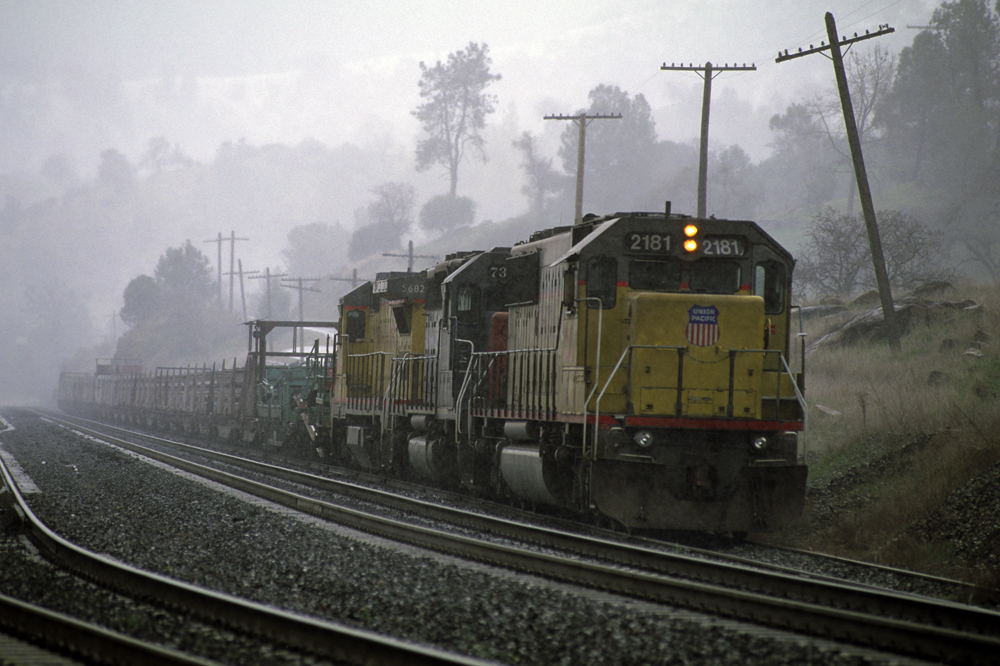Answer: There is no formal definition for long rail, but the term is used when describing the rails which are welded together to produce continuous welded rail, or CWR. Most CWR is produced at a rail welding plant by welding together 18 strings of 80-foot rail to produce one 1,440-foot CWR “string” of rail. This is then loaded onto a rail train and installed in the track before being welded to its neighbors.
Two mills that produce so-called long rail are Nippon Steel & Sumitomo Metal Corp. in Japan and Steel Dynamics in Columbia City, Ind. The rail arriving in Stockton is 480-foot rail from Sumitomo, aboard the custom-made ship Pacific Spike. Union Pacific unloads this rail and then welds three 480-foot sections together into a normal 1,440-foot string. Steel Dynamics rolls 320-foot rails and welds them into 1,440 or 1,600-foot strings, depending on the customer.
Brad Kerchof, director of Research and Tests at Norfolk Southern, says that the most important advantage of long rail is fewer welds. This is most important for maintenance and reliability, since welds are weaker than unbroken rail and are more prone to defects and uneven wear. It also saves money on welding. — Tyler Trahan, a Trains contributor














